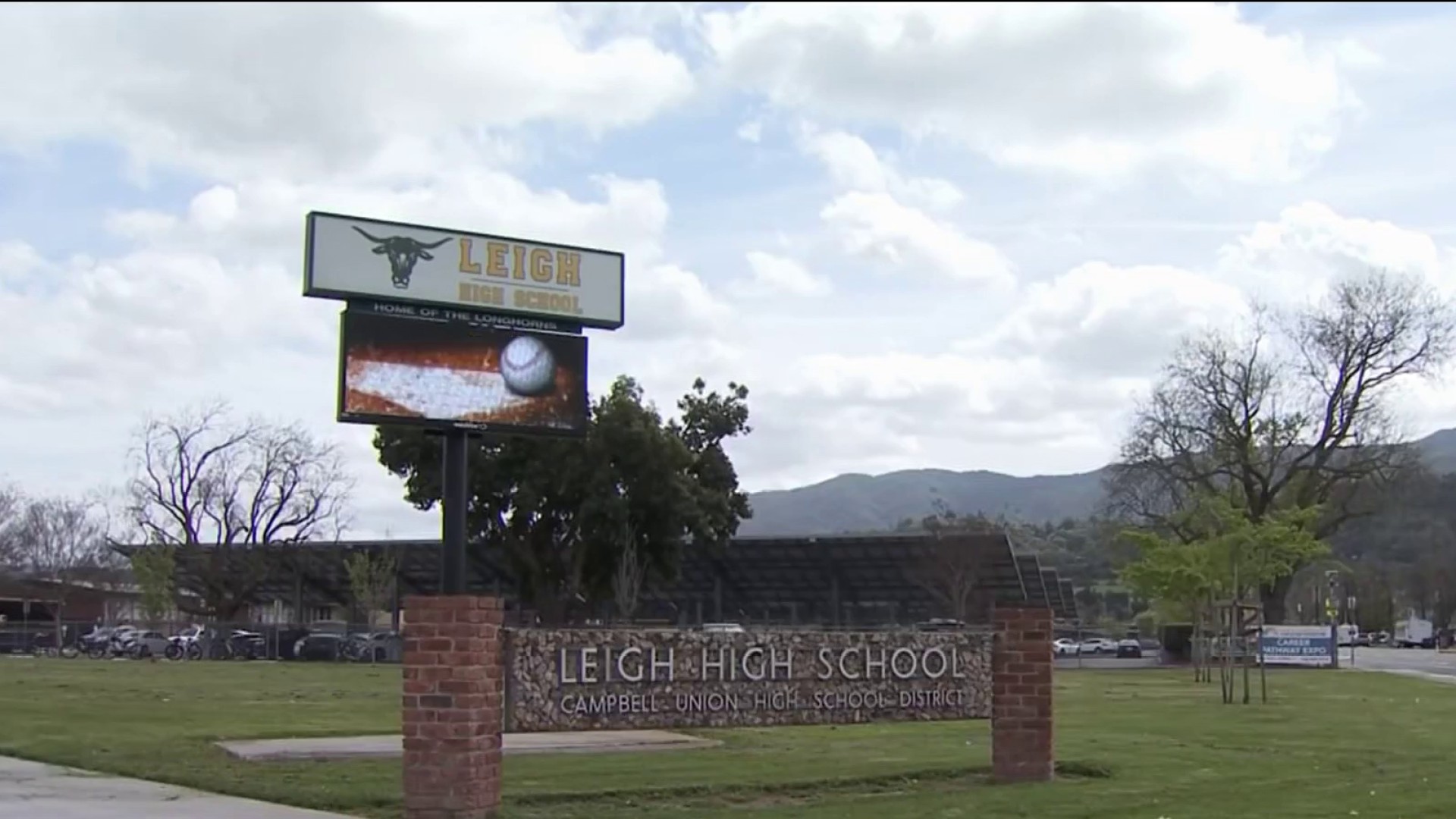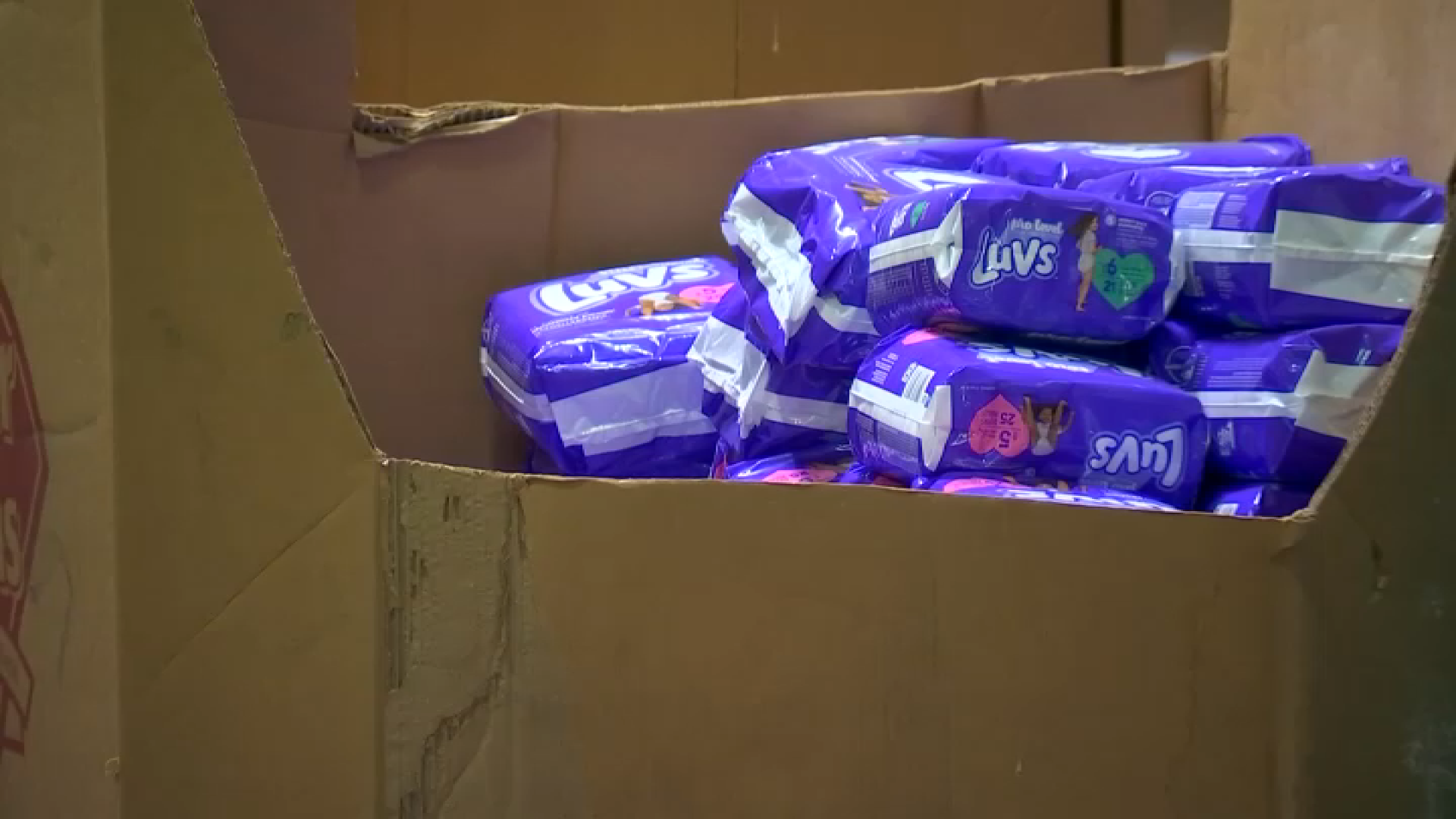The first snowpack survey of spring brought more reason for optimism when it comes to California's water supply, but raised concerns about the possibility of damaging floods when all that snow melts later this spring and into summer.
Surveyors crunched across the deepest mountain snowdrifts California has seen in years on Thursday to take the first snow measurement of the spring, a time when the snow begins to melt and flow downhill. The snowpack stretches along 400 miles of the Sierra Nevada, creating an icy reservoir that provides roughly one-third of irrigation and drinking water to the nation's most populous state during hot, dry months of the year.
As light snow gathered on his stocking hat and jacket, Frank Gehrke, the state's chief snow surveyor, took the manual measurement Thursday morning at Phillips Station near Lake Tahoe, where the snowpack's water content was at a robust 183 percent of normal.
"Clearly, even though we had that hiatus of storms in March, we've still got a very substantial snowpack," said Gehrke.
Overall, electronic monitors along the mountain range show the Sierra measures at 164 percent. That's the highest since 2011, the year before extreme drought hit California marked by the state's driest four-year period on record, officials said.
"When the history of this winter's wet season is written, undoubtedly it'll make note of the fact that this is a wet season that helped alleviate much of the drought," said Doug Carlson, a spokesman for the California Department of Water Resources.
But, Gehrke added, flooding is possible if another round of stormy weather returns and conditions soon warm. The extent of the flood threat will depend largely on how warm conditions get and whether the snow melts gradually or quickly, rushing into overwhelmed rivers, streams and canals.
California
"It does have to eventually come down from the mountain," Carlson said.
Los Angeles Mayor Eric Garcetti declared an emergency in March due to concerns about flood damage to the Los Angeles Aqueduct caused by overwhelming runoff. The LA Aqueduct collects water from the eastern Sierras and, using a system solely dependent on gravity, ushers that water to Los Angeles.
The action is aimed at helping the city Department of Water and Power respond to what it describes as the threat to "the health and safety of the public as well as to protect infrastructure and the environment."
The deep snowdrifts come in stark contrast to two years ago, when Gov. Jerry Brown travelled with surveyors to the mountains near Lake Tahoe, standing in a meadow barren of measureable snow.
He later ordered residents to use less water at home -- a first for California. At the height of drought, hundreds of domestic wells, many in rural farming communities, ran dry, forcing residents to drink bottled water and bathe from buckets.
Some farmers in the state that leads the nation in producing fruits, vegetables and nuts, drew down wells to grow their crops, while others left fields unplanted.
Drought eased last winter, and monster storms in recent months have put a major dent in the five-year drought.
Winter storms filled the state's major reservoirs, while also triggering flooding and rockslides, damaging roads, bridges, dams and other critical infrastructure with a repair bill officials say could top $1 billion.
It's unclear whether the governor will lift his emergency drought declaration, which remains in place despite heavy storms. Brown has said he will make a decision after this spring's wet season.



